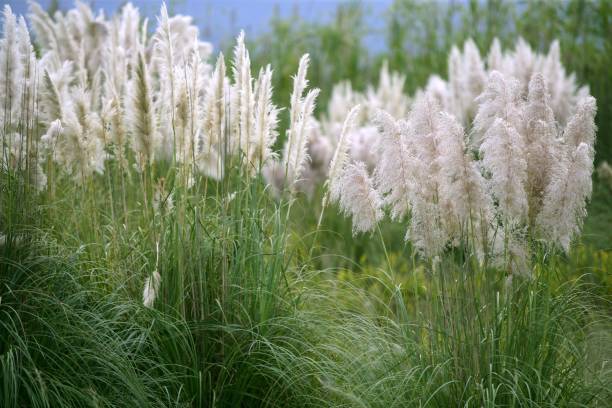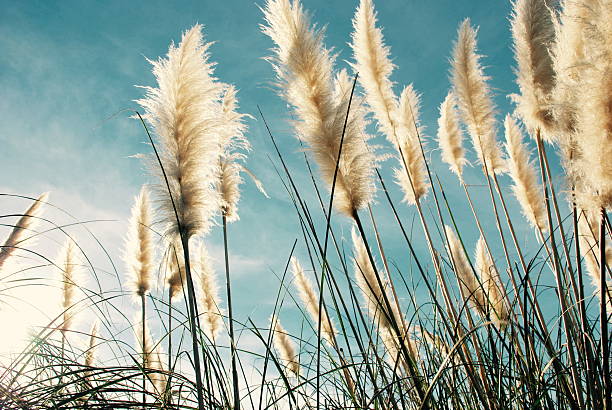There’s no denying the allure of pampas grass. It is used for decorative purposes, but there is also a downside to including it in your garden.
Here is everything you need to know about including pampas grass in your garden.

Image Credit: Unsplash
What is pampas grass?
Native to South America, pampas grass is an ornamental versatile landscaping plant that boasts long feathery plumes. Depending on the variety, the plumes can vary in colour. Normally it grows between 6 and 10 feet tall and prefers full sun and well-draining soil.
The pampas grass has been introduced to different regions, and in South Africa, it is more common in the provinces of Western Cape, Eastern Cape and even the KZN.
Pampas grass can spread and sometimes be invasive. This might cause a problem of displacing smaller indigenous plant species. Before deciding on getting pampas grass for your landscape, it is important to understand the disadvantages they pose.
Disadvantages of pampas grass
- Can be invasive – outside of its natural habitat, the grass can be extremely invasive. They are known to have altered local ecosystems as their clumps of seeds are highly fertile. With its ability to spread rapidly and dominate it will lead to imbalances in the area.
- Can be a fire hazard – The grass is highly flammable, especially when it dries out in the summer months. Due to how tall and dense it can be, it can act as a fuel source in wildfire-prone areas. This in turn poses a threat to the surrounding areas and plants.
- Can cause injuries – With their tall razor-sharp leaf edges, the pampas can be dangerous to kids. To avoid the risk, keep it to a minimum in your garden.
- Can be costly to control – Managing pampas grass infestations can be a costly and challenging process. It requires time, manpower, equipment and constant monitoring to prevent regrowth and expansion.

Image Credit: Unsplash
Yes, the grass can add a touch of sophistication and charm to your yard but you should be able to manage it so it does not spread to other parts of your garden. Before planting, be sure to seek expert advice.
ALSO SEE:
Invasive PSHB beetle spreading steadily in the Cape, what to do
Feature Image: Unsplash


